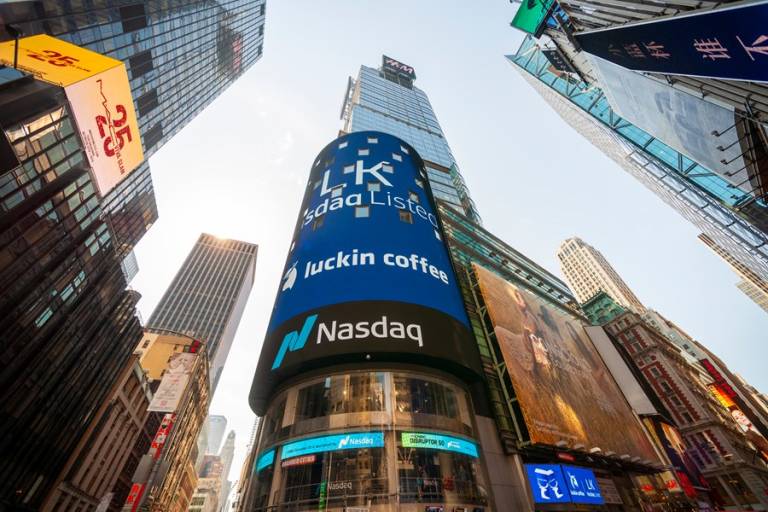RIO DE JANEIRO, BRAZIL – The more IPOs are done on the Brazilian stock exchange, the longer the queue gets. Last year, the stock market ended up with 25 IPOs and a line of 40 companies waiting to launch their shares. This year, there have already been 13 IPOs and even so the line continues to grow and there are now almost 50 companies on the waiting list.

In March alone, 10 companies registered their offerings for analysis at the Securities and Exchange Commission of Brazil (CVM), in addition to the Brazilian companies that go straight to Nasdaq.
Managers say that without knowing the company, sometimes it is better to wait to buy the shares. With so many offers, the investor needs to redouble his attention in the analysis of these companies.
A basic point is to assess the fair price of the shares and understand the best time to buy or sell. That’s why Stock Pickers created a course in which the name says it all: Root Valuation. The course also teaches how to look at the financial statements of companies in detail.
The financial statements are so important that many analysts prefer to stay away from the IPO day and buy the company some 4 or 5 months later, when the company has already provided more information to the market.
In the initial offering, the asymmetry of information is very large. “Those who are buying know little and those who are selling know a lot,” as two root stock pickers, Ary Zanetta, from Brasil Capital, and Marcelo Cavalheiro, from Safari, said in a conversation full of tips in this episode of Stock Pickers.
“For those who think long term, like us, most of the time it makes more sense to wait a few months, see the results released, reduce the asymmetry of information and then make the investment,” says Zanetta, from Brasil Capital.
To participate in an IPO, the investor needs to know the company, study the market in which it operates, and know who the executives and the main shareholders are. Zanetta and Cavalheiro also remember that, in any event, to follow the initial offering is very important because there it is possible to get to know the owners of the company better, what their long-term objectives are, and if they are committed to the company.
“Will the money be used to grow the company? To reward the entrepreneur? For a private equity fund to get out of the business? All of that matters a lot,” says Cavalheiro.
“Many companies look expensive at the IPO, then they transform,” says the manager who bought Petz, for example, 4 months after the initial offering. “14 (reais) looked expensive, 18 (reais) looked expensive. It reached 23 this year. Now in March the stock is around 20 reais, but even so the paper has been considered a good asset given the quality of the business, the pet market that grew in the pandemic, and the leadership that the company has in the sector.”
Another point raised by Tiago Salomão, RICO analyst and founder of Stock Picker, that needs to be well evaluated by the investor when entering an IPO is the apportionment.
When an offering is a success, the investor often ends up getting a very small part of what he wanted to buy. This was the case of Mosaico, a company that owns a price comparison website, which simply doubled in value in the first trading session. If the IPO is not that good, the investor ends up taking everything.
Source: InfoMoney

